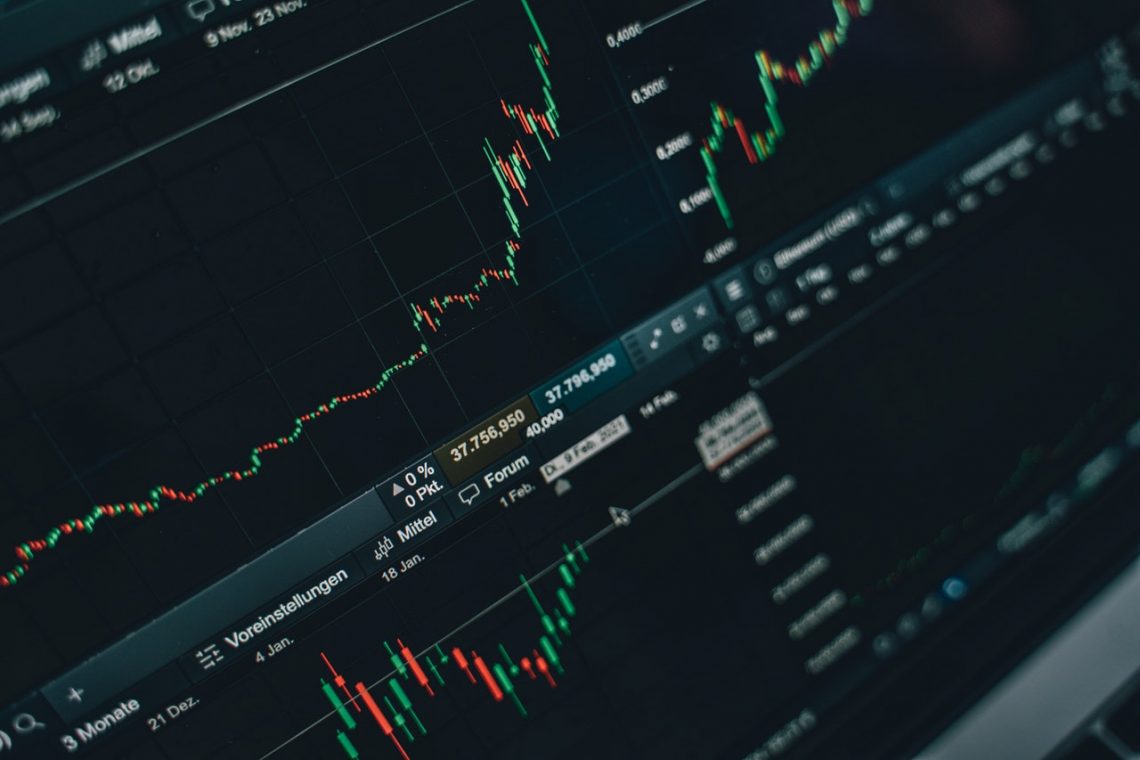Secondary Public Offering: advantages and disadvantages of the procedure
Secondary Public Offering is a process of secondary public offering, but in this case the funds are raised not by the company itself, but by existing shareholders who sell the securities. In this case, the money can be used both for business development and for personal projects of the shareholder.
The SPO is often mentioned in conjunction with the IPO. The latter procedure is an initial public offering on the stock exchange. In simple words, in this case, the capital is attracted by the company, while in case of SPO, the shareholder sells the securities.
The government also uses the Secondary Public Offering, through which they carry out privatization of the property of companies that are in public ownership. In this case, the shares are put on the open markets. During IPO procedures, when the business changes its form of ownership and becomes public, the shares are bought by various funds, corporations and other institutional investors. Later, the holders of the securities may sell their stake, in whole or in part, by offering them on the stock market. And then they can be purchased by smaller investors. Like the IPO, the SPO is a way to raise additional funds, but for what purpose these funds will be used may differ dramatically.
During IPO procedures, when the business changes its form of ownership and becomes public, the shares are bought by various funds, corporations and other institutional investors. Later, the holders of the securities may sell their stake, in whole or in part, by offering them on the stock market. And then they can be purchased by smaller investors. Like the IPO, the SPO is a way to raise additional funds, but for what purpose these funds will be used may differ dramatically.
Another option for raising capital is Follow-on Public Offering or FPO. This procedure is also called a secondary issue, because the company issues an additional number of new securities, and then sells them in the market. The proceeds from the FPO go to the company.
One of the important advantages of an SPO is increased liquidity. The number of holders of a company’s shares increases, which has a positive effect on business development. The share of securities in free circulation on the stock market also grows, in other words, the free-float of the company increases. It should be noted that liquidity promotes inclusion of shares into certain indexes. This in turn increases investors’ interest in the company’s shares, thus the cost of the securities will grow.
But there are also disadvantages of the SPO. For example, some shareholders decide that the company will not develop further and want to sell their shares before the profit goes down. In most cases, the price of the securities will be below market value, which is a negative sign for investors. They underestimate the price at an SPO when it is necessary to sell the block of shares in a short period of time. But if there is a chance to get a big profit, the price is overestimated.
SPOs are also affected by global economic processes; when there is a downturn, it is difficult to sell at a high price. If there is excitement in the market, then it is much easier to do.










